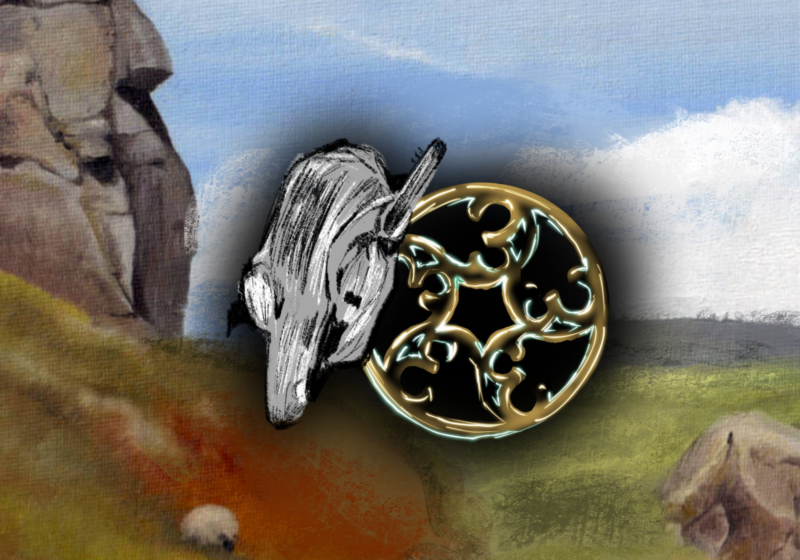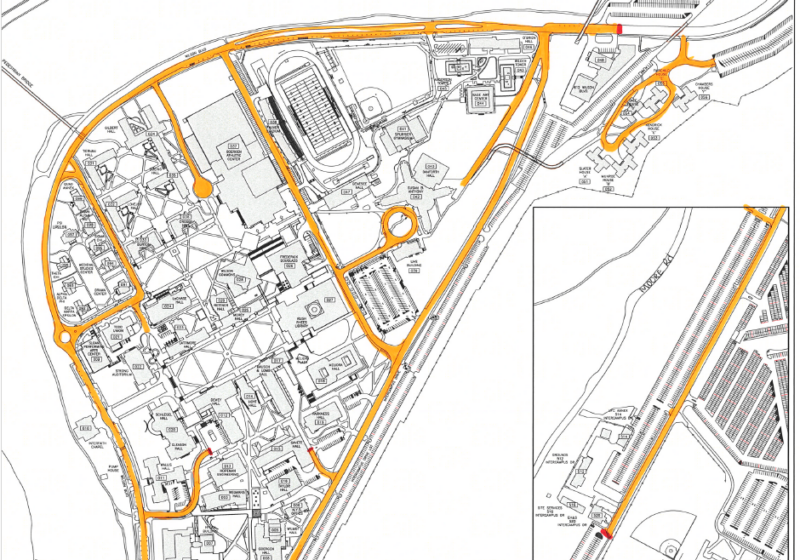The prototypical war movie provides some accessible and reliable constants: a heroic and right-minded good side and an anonymous, violent and morally corrupt bad side. “Letters From Iwo Jima,” the second and final installment of director Clint Eastwood’s one-two knockout punch combo of films that opened with “Flags of Our Fathers,” is a film that totally abandons the convention of a faceless enemy.
Filmed entirely in Japanese, the plot follows a number of the Japanese soldiers charged with defending the island of Iwo Jima, all of whom struggle with personal questions of loyalty, honor and death. Where “Flags of Our Fathers” alternates between the United States and Iwo Jima, this film spends the majority of its time on the island with the soldiers in their caves and foxholes. The film vividly portrays the brutality of a Japanese soldier’s life. Their constant work, first at excavating the defenses and then repelling the Americans from within, is accentuated by the bleakness of the black sand beaches and the barren moonscape surface of Iwo Jima.
The film opens at Iwo Jima in 2005, where a Japanese archaeological survey uncovers a collection of letters written by the soldiers that were addressed to loved ones at home, but had never left the island. These letters are the material that drives the narrative of the film. They provide an intimate portrait of the men stationed at Iwo Jima and of the homes to which they would never return.
Several characters are especially memorable, including Saigo, a gentleman who had been a baker before the war and Baron Nishi, a handsome and gallant former Olympic equestrian. The film fleshes out these characters with flashbacks and Saigo has an especially heart -wrenching episode. Saigo is shown at home with his pregnant wife, the both of them regretting how the war has decimated their business, when he is summoned to fight for his country by the local draft officer and several of his neighbors. The strength of conviction, of loyalty to a declining empire and willingness to die, which is demonstrated by Saigo and the other soldiers, is alternately either admirable or grossly appalling. Saigo watches as the others in his unit blow themselves up, throwing themselves upon their own grenades rather than live on in defeat. Horrified, Saigo and a companion cannot bring themselves to waste their lives. They agree to live and keep fighting but are nearly executed for failing to die as ordered.
The most notable performance is delivered by Ken Watanabe (Memoirs of a Geisha, The Last Samurai), who plays General Kuribayashi. Kuribayashi is a man apart from the rest of the Japanese officers, not for any lack of conviction, but because he had spent time in the United States. His sympathy is not only illustrated by his casual respect for the Americans, but by his thoughtful execution of his duties. It is Kuribayashi who insists on digging the Japanese forces into Mt.. Suribachi (the mountain on which Joe Rosenthal’s famous flag raising picture was captured), refusing to waste the lives of all in a banzai charge on the beach. With a story written by Paul Haggis (Million Dollar Baby, Crash, Casino Royale) and produced by Steven Spielberg, “Letters From Iwo Jima” delivers unmitigated movie magic.
Kieburtz is a member of the class of 2009.





